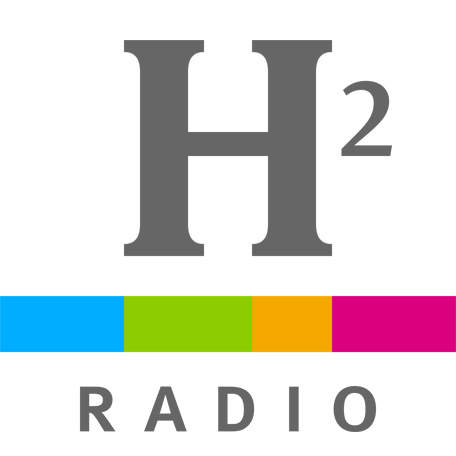 The attraction of on-demand music services like Rhapsody, Spotify, and Rdio, and their chief feature for paying subscribers, is their jukebox capability. You might use them as alternatives to lean-back radio, but when you want to lean in, you can listen to a single track. Most users do a combination, establishing preferences or playlists and letting the service feed them personalized music.
The attraction of on-demand music services like Rhapsody, Spotify, and Rdio, and their chief feature for paying subscribers, is their jukebox capability. You might use them as alternatives to lean-back radio, but when you want to lean in, you can listen to a single track. Most users do a combination, establishing preferences or playlists and letting the service feed them personalized music.
Doing the same thing for news is both the challenge and opportunity for H2 Radio (HearHere Radio), which is developing a mobile playlist approach to Internet news radio. The company’s promise: “You’ll never hear news the same way again.”
RAIN spoke with CEO John McLeod about the upcoming H2 mobile app, which will be released to Apple’s mobile platform in about two weeks. He described how it works, the proposition for advertisers, and the 2014 distribution roadmap.
RAIN: What exactly is the H2 Radio app?
JM: It is personalized, interactive news that puts you, the listener, in control of your news. [In the app] there is a simple setup where you decide what categories you’re interested in. You can put in keywords, like a sports team. We take stories that are produced by us, or produced by others, and push them into a dynamically generated playlist. You can listen to the story or skip it, pause or rewind it. If there are related stories around the topic, we link those related stories for reading.
We function like a radio station with recording booths and audio producers. But instead of pushing stories on the air, we link them with a lot of metadata that allows us to deliver a personalized experience. When you turn on the app, it starts playing news as if it’s top of the hour.
RAIN: How much original content will there be, vs. curated content?
JM: Our goal is to produce hours of original content, a blend of national and world news. The heaviest concentration of news content will be local. We include other content such as NPR programs or podcasts. But the core is our own produced news. We tag everything to user categories.
RAIN: What platforms will H2 News be on?
JM: We’re launching on iOS first. We will be developing other smartphone versions next year. We will also be integrating with car operating systems. Our ultimate goal is the car. RAIN: What about geographic coverage? We’re launching here in Chicago, plus national and world coverage. Our goal in 2014 is to roll out to other cities — Dallas, maybe Boston, D.C. , L.A., San Francisco.
RAIN: Will H2 Radio be ad-supported?
JM: Yes it will. Predominantly audio ads. There will be interactive audio with corresponding banners or coupons so you can action the ad while listening. We can do advertising commerce without taking someone away from the core experience. We’ll also have sponsored ads.
Because all the content is tagged to data, we’re able to do some interesting matching of advertising to categories, and also to location. There’s a whole GIS (Geographic Information Systems) platform running in our content management system. We’re able to match ads to content categories, and also to location.
One example [of geographic matching] is with traffic reports in Chicago [which will be in the app at launch]. When you hear traffic [on broadcast radio], the report may or may not be where you are. This is particularly troublesome in places like L.A., where I used to live. A traffic report could be about the South Bay, and you could be in Ventura County — it’s all in the same broadcast radius. And you can’t rewind to hear anything again. In our service, we’ll be able to pull the location of the device. If I’m on the North Shore of Chicago, I’m going to get a North Shore traffic report.
